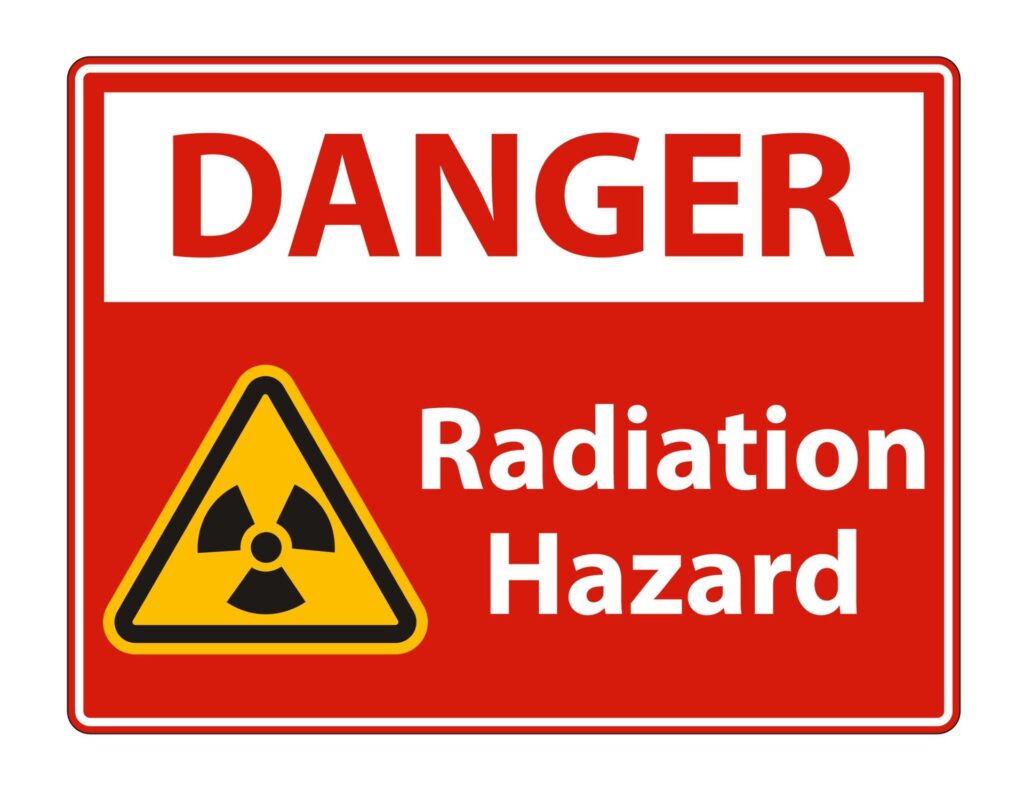Russia claims that Ukraine is preparing to detonate a ‘dirty bomb’ on Ukrainian territory
In a letter addressed to the UN Secretary General, following phone calls by the Russian Defence Minister to Western foreign ministers in recent days making similar allegations, Russia makes the claim that the Ukrainian Government is preparing to detonate a ‘dirty (radiation) bomb’. Russia has also circulated a document in the Security Council repeating earlier claims that Ukraine and its western allies had been developing a bioweapon. These allegations are being made at a time when Russia is suffering major battlefield reversals in Ukraine and is seeking the means of regaining the momentum. The Russian letter identifies potential sources of the radioactive isotopes to be used in the claimed ‘dirty bomb’ however the numerous mistakes suggest the author of the letter has little subject matter expertise.
More accurately described as ‘radiological devices’ such weapons use radioactive materials and either explosive or other means to disperse the ionizing radiation. While unlikely to cause major numbers of immediate serious casualties, radiological attack modeling indicates that while a small number of people may die immediately or shortly after exposure to the radiation the greater number of casualties is likely to be caused by the development of cancer years after exposure. Such an attack may spur panic, initiate an escalatory response and result in high economic costs because of the need for decontamination and possible demolition and reconstruction of contaminated structures. Thus, radiological weapons may be considered weapons of mass disruption rather than weapons of mass destruction (WMD).
A radiological attack may be targeted against a public area or facility to maximise the number of exposure cases. One of the challenges in responding to a radiological device, whether pre or post initiation, is knowing that radioactive material is present and intelligence regarding the capability and intent of belligerent organisations and states is critical to ensuring that responders are equipped with the necessary detection and protective equipment. Neutralizing of such a device by trained munition clearance teams will involve standard techniques however in the event of device initiation all first responders (fire, ambulance and police) will need to have received the appropriate training and equipment with radiological protection specialists available to provide advice.
Under the current circumstances with Russia having introduced the ‘dirty bomb’ threat it would be prudent for Ukrainian EOD Teams and other first responders to assume an ‘all-hazard’ approach to suspicious devices and deploy with the necessary detection and protective equipment implementing exclusion zones that reflect the location, built environment, population density and meteorological conditions. In the event of an initiated radiological device the objectives should be the prevention of acute radiation exposure health effects (‘deterministic’ effects) and to mitigate the likelihood of delayed health effects (‘stochastic’ effects) including cancers; and to minimise environmental contamination. Responders engaged in neutralization, containment, removal, casualty recovery and decontamination should observe international standards for occupational radiological protection including occupational dose exposure limitations.
